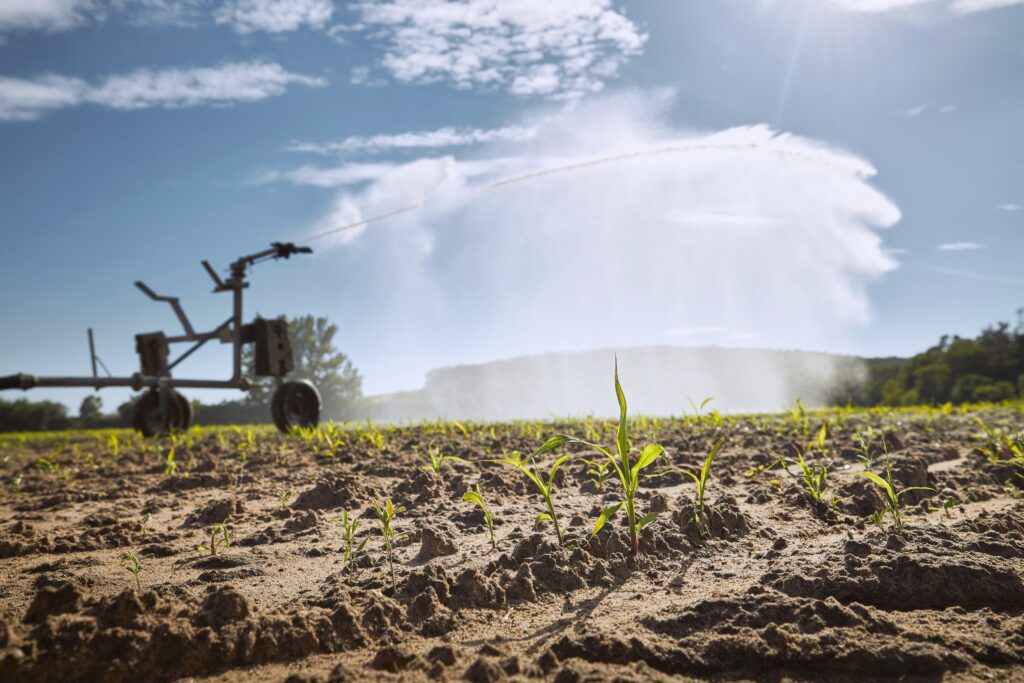These days, talking about water brings with it images of a country harshly hit by sudden and violent water bombs. The South, which until a few weeks was a direct witness of a dangerous and inexorable tropicalization, now has to deal with flooding and deep discomfort. Water that descends disruptively also to the North of the Country, coming to soothe part of the void left in the Italian rivers and lakes. But not to fill them.
Because drought and desertification are no longer just a summer phenomenon, as confirmed by the current levels of the Po, the longest river in Italy, which in December remains below the water average of the last 20 years, while the Italian mountains show their most vulnerable side in 2022, "the black year for the Italian alpine ice" as revealed by the recent report of Legambiente.
The truth is that water, in the world as well as in our Italy, reflects on itself the profound changes, logics and paradoxes of a society that seems to have forgotten what it means to challenge the memory and power of water.
Water is lifeand yet more than 30% of Italian families has no regular access to water throughout the year. Even in these months, as shown by the stories of the people of Andora in Liguria in recent days or in Udine, due to broken pipes.
Water is nourishmentand yet they were found 299 pollutants in lakes, Italian rivers and groundwater. Water is foodbut entire regions such as Puglia, Sicily and Sardinia are already defined as arid areas by the World Atlas of Desertification.
Water is collective responsibilityyet Italy has earned the first sad European record for water consumption per capita, with 220 liters of water per day against 165 liters of water per day in Europe. But for almost half of Italians, our behavior is virtuous.
These are just a few data that demonstrate the importance and urgency of bringing water time back to the center: the water that there was and can return if guarded, the water that cures and does not poison, the water that unites citizens to politics, man to nature, not that divides.
To do so, it is necessary to go beyond those simplifications that would lead to accusing one or the other sector, avoiding dangerously unpacking the ecosystem in many small isolated bubbles, to embrace an ecosystem vision, overall and interdisciplinary.
This inevitably implies the need to question oneself, precisely in these months of water abundance, where all this water goes and how to make it valuable, even accumulate, in order to cope with months of scarcity. Connect more and better the different stakeholders and create enabling environments to make the different perspectives dialogue is what unites Future Food Institute and EIT Food in their common mission of transforming water from problem that combines the individual, social, economic, environmental dimension in integral ecological regeneration tool.
The stories, successes and case studies of which our country is rich and which will be shared below, are but the tangible proof that this path is really possible.
Read the article on Nova – Il Sole 24 ORE

